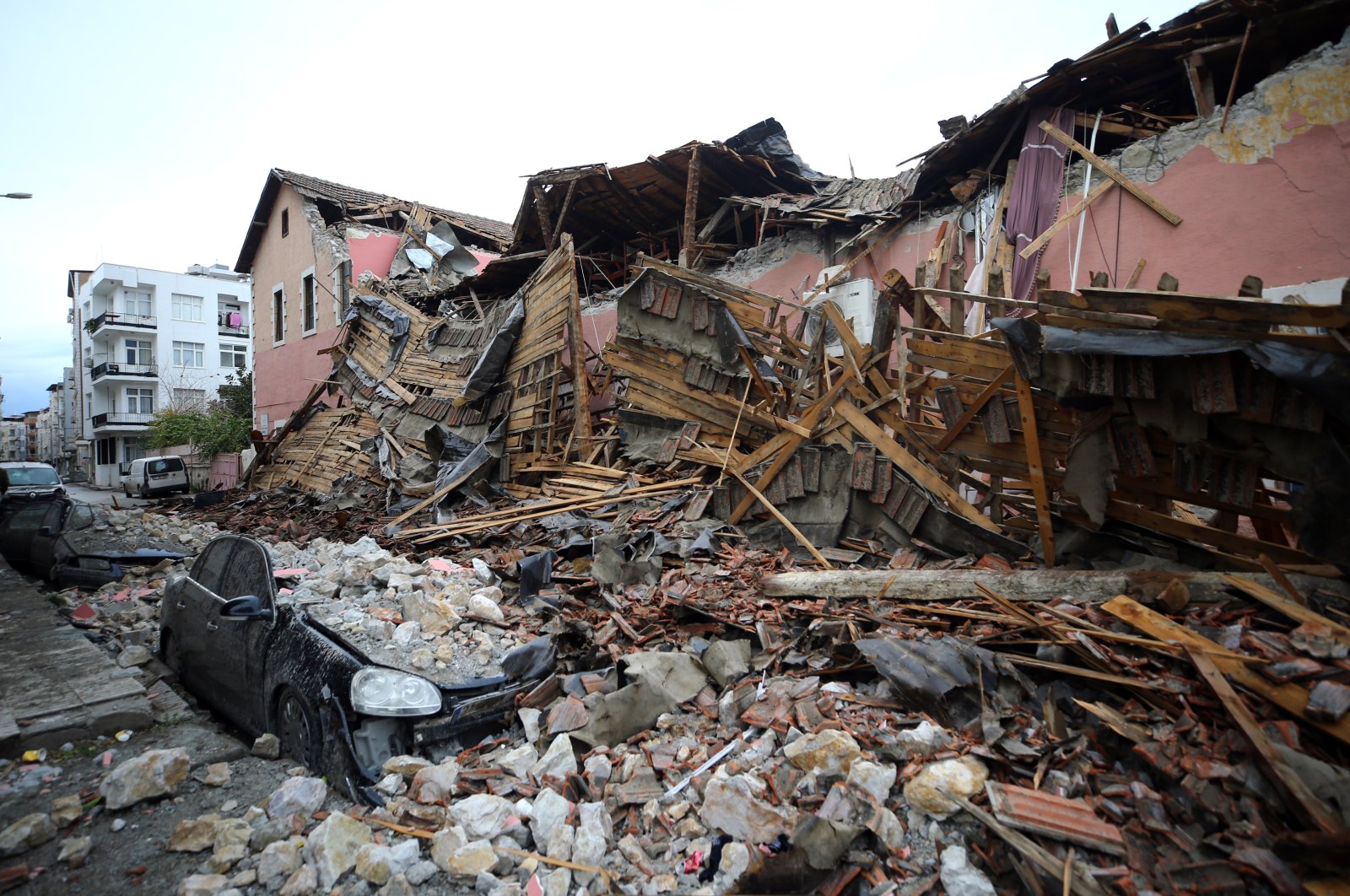
Hot spring water that flowed out of a citizen's backyard in the Sariz district of central Kayseri province after the Feb. 6 tremors, which caused widespread destruction and seismic changes in southern Turkiye, has the potential to be a center of thermal tourism, said Adnan Evsen, a geological engineer and member of the Kayseri branch of the Turkish Red Crescent (Kızılay).
Evsen stated that they were called to evaluate the spot and conducted on-site investigations in the Sariz region.
"We witnessed the emanation of water vapors from the hot water flow in the garden of a citizen's house in the Kızılpınar neighborhood of Kayseri. After conducting research, it was determined that this spring water was unearthed by seismic activities in the aftermath of the twin earthquakes. Fortunately, the area is not on the active fault line, which is a positive sign as it can contribute to the development of this region with its geothermal potential," Evsen said.
Highlighting the positive and negative effects of an earthquake, Evsen said: "Without a doubt, earthquakes cause considerable damage around the world. They destroy human-built infrastructure and cause deaths and injuries. Yet, earthquakes have actually shaped the world as we see it today. They also allow us to exploit certain raw materials from the ground by shuffling rock layers."
One important effect of earthquakes is that they produce faults that then influence the underground flow of water, oil and natural gas as rocks are displaced during an earthquake. This displacement creates new or restructures underground fluid conduits. As such, fault movement can either cause fluid to percolate further into the ground or resurface back as springs. As an illustration, Barton Springs in the U.S. state of Texas arose from seismic activity. Similarly, the current spring water flow in Kayseri is among such examples.
"Conversely, fault activity can create underground dams that redirect or delay the flow of liquids. They develop where impervious rock layers move alongside fluid channels during an earthquake. As a result, water, oil and natural gas may accumulate underground in the form of reservoirs. They can also spring up as oases or natural energy sources. In arid regions of Southern Carolina, U.S., such subsurface dams have created many oases," Evsen explained.
Evsen emphasized that necessary measures should be taken to preserve this piece of land to benefit the country.
In terms of research and understanding seismic waves and faults, this newly formed surface in the Sariz district could be quite valuable in terms of thermal tourism.
Geothermal energy is heat that is generated within the earth. It is a natural renewable resource that can be harvested for human use.
